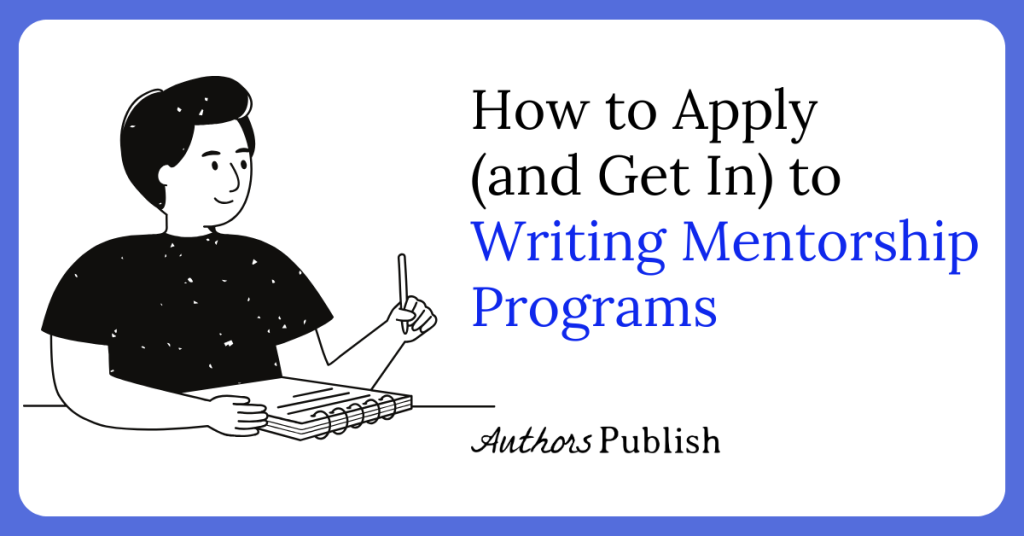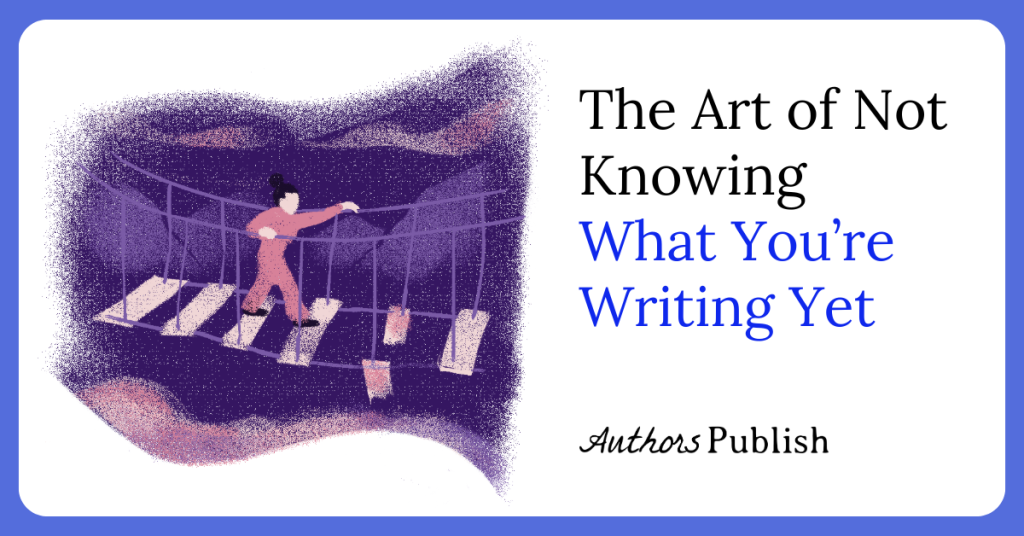By Katey Schultz
Imitation, at first mention, is often shunned in writing circles. Admittedly, it can be confused with plagiarism, although in my work as a teacher and author, I see the two as very, very different. Think about classical painters who spend years imitating Monet before beginning original works of their own. Consider some sushi chefs, whose first year of training focuses on gathering clumps of rice by hand, ultimately by memory, to the effect of producing 100-grain clumps each and every time.
What these methods emphasize is that no art–be it the art of sushi or the art of the novel–requires re-inventing the wheel. The wheel has already been invented and as contemporary makers, it’s our job to work with the foundation laid before us, and improve or amend it in whatever way our unique story dictates. But before the sushi chef can offer mico bites (less rice, say, more fish) and before the painter can leap to collage, or before the writer can ditch a Hero’s Journey structure and aim for braided narratives, she or he must follow the rules…then break them.
Imitation, which is another way of saying “following the rules” of any medium, is an educational approach that can be used to experiment and learn new skills. The intention of imitation is to help build a solid foundation, so that originality and deeply creative work can manifest. Plagiarism, on the other hand, is based on the intention of passing someone else’s work off as your own. It is the extreme opposite of originality or creativity, and in academic and professional circles, is a punishable offense. Even writing that doesn’t seem “creative” (i.e. technical writing, press releases, academic papers, business manuals) should never be copied verbatim.
I’ve never identified as a “rule follower,” but as a mentor to authors for more than 10 years now, I do believe that it’s worth following some writing “rules” before breaking them. Imitation is a great way to get a feel for following rules, and more precisely, imitating structure is one of the best places to start.
In a nutshell, here’s why:
-
Imitating structure allows writers to focus on the precise details and nuances of character necessary in longform prose, because the bigger building blocks (structural components) of prose are already decided for them.
-
Imitating structure forces writers to consider the “why” of their decisions. Over time, this allows writers to expediently solve their own challenges in revision.
-
Imitating structure ultimately leads to originality, because the creative insights made possible by imitation lead to clearer answers about each story’s best unique form. And originality, of course, gets an editor’s attention every time.
Of course, the individual characters and worlds a writer invents are copyrighted material. But the actual structure of prose–the way a piece moves between backstory, exposition, narrative, and flashback, for example–isn’t copyrighted. Like employing simile or metaphor, using the structural components of prose in a particular arrangement to tell a story is tool of the trade, not a patented invention.
I taught myself to transition from flash fiction to novel form by imitating the first 80 pages Ursula Hegi’s structure in Children and Fire (Scribner, 2011). Which means that when Hegi’s Chapter 1 included a scene that transitioned into flashback, then returned to the main narrative and expanded into two pages of exposition–Chapter 1 of my novel draft did, too.
I’d chosen Children and Fire because it takes place over the course of one day. My novel did, too–at least the first draft. By the second draft, the structure of my novel only very loosely looked like Hegi’s (and even then, only if you were looking for it). By the fourth draft? Not a trace of Hegi’s structure was evident and, in fact, the novel took place over four days and had multiple points of view.
In my experience, drafts that begin by imitating structure do eventually find their own, better, path through the story that’s trying to be told–and that’s the point. A writer (and perhaps most especially, a beginning novelist) can only hold so many pieces of information in their heads at one time. Writers are perhaps as limited as they are ambitious, which is to say–we can never see all our own blind spots. Imitating structure helps address this challenge because it frees the mind to focus on the details of the story (and new material that might not have otherwise met the page). All writers, no matter how “famous” or skilled, are trying, learning, and letting time pass, in order help their best work meet the world.
…And time did pass as I worked on the novel. My drafts continued to evolve. The fifth draft was told from the perspective of five different characters, over the course of four days. Eventually, the sixth, seventh, and final draft of the manuscript found their truest form–that is, the structure best suited to the content I’d created–and I had a novel written in limited 3rd point of view, following 3 different characters across their intersecting lives, for four days of events.
None of this resembled my first draft in any way, except for the heart and drive that brought the work into the world in the first place and that, too, is the point of this kind of long-haul exercise. We begin with imitation, and end with originality.
Bio: Katey Schultz’s story collection, Flashes of War, was awarded IndieFab Book of the Year and received a Gold Medal from the Military Writers Society of America. For concrete examples of this imitation exercise, click here to receive her How to Read Like a Writer craft lesson via email.






